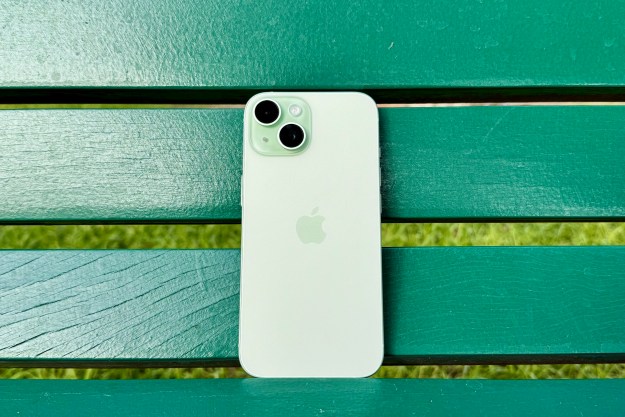Ever since 2008, Apple has only allowed its own App Store on the iPhone. In the past, if you wanted alternative digital storefronts, you’d have to jailbreak your device. But in response to impending regulations from the European Union, Apple may be allowing alternative app stores on the iPhone and iPad in the near future — potentially as soon as iOS 17 in 2023.
According to a report from Bloomberg’s Mark Gurman, this will be the very first time that Apple will allow third-party app stores on the iPhone. It seems that Apple is already dedicating a “significant amount of resources to the companywide endeavor.”

Sources who have spoken to Bloomberg about this new project have said that this is a “major push to open up key elements of Apple’s platforms.” From the report, “as part of the changes, customers could ultimately download third-party software to their iPhones and iPads without using the company’s App Store.”
As great as this could be for the consumer, not all Apple engineers are on board with this project. Some see it as a “distraction from typical day-to-day development of future features.”
The report reads:
Apple is applying a significant amount of resources to the companywide endeavor. It hasn’t been a popular initiative within Apple, considering that the company has spent years decrying the need for “sideloading” — the process of installing software without using the official App Store. In lobbying against the new European laws, Apple has argued that sideloading could put unsafe apps on consumers’ devices and undermine privacy.
Some engineers working on the plan also see it as distraction from typical day-to-day development of future features, according to the people. The company is aiming for the changes to be ready as part of an update to next year’s iOS 17, which would be in line with requirements.
This initiative is being led by Andreas Wendker, who is Apple’s Software Engineering Vice President and reports directly to Craig Federighi. But this is taking more than just Apple’s engineering team, as the services team will also be involved with this project. The top engineering manager for services, Jeff Robbin, leads the effort for the services side, and Robbin reports to Eddy Cue.
However, despite possibly allowing third-party digital storefronts on the iPhone and iPad, it won’t be the wild west of app stores. The idea of Apple mandating certain security requirements, even if the app is distributed outside of the App Store, is a possibility. For example, Apple could require verification, which may need a fee from the developers of said app. However, it remains unclear whether or not Apple would move forward with that.
While these changes are expected to apply only to Europe, it’s not hard to imagine a future where similar legislation from other countries eventually brings third-party app stores to iPhones worldwide. Similarly, Gurman claims that it’s not just third-party app stores Apple will open up. He also says this would open up the camera, NFC, Find My, web browsers, and more. In other words, we could get a Tile tracker that works with Find My, or Google Pay support on an iPhone.
Apple has always been strict with what users can or can’t download on their devices through the App Store, so this is going to be a huge change. Some may welcome the idea of third-party app stores on the iPhone, while others may not be too thrilled.
Editors' Recommendations
- Are you having iPhone alarm problems? A fix is coming soon
- iPhone 16: news, rumored price, release date, and more
- Apple is about to do the unthinkable to its iPads
- Nomad’s new iPhone case and Apple Watch band may be its coolest yet
- An Apple insider just revealed how iOS 18’s AI features will work



